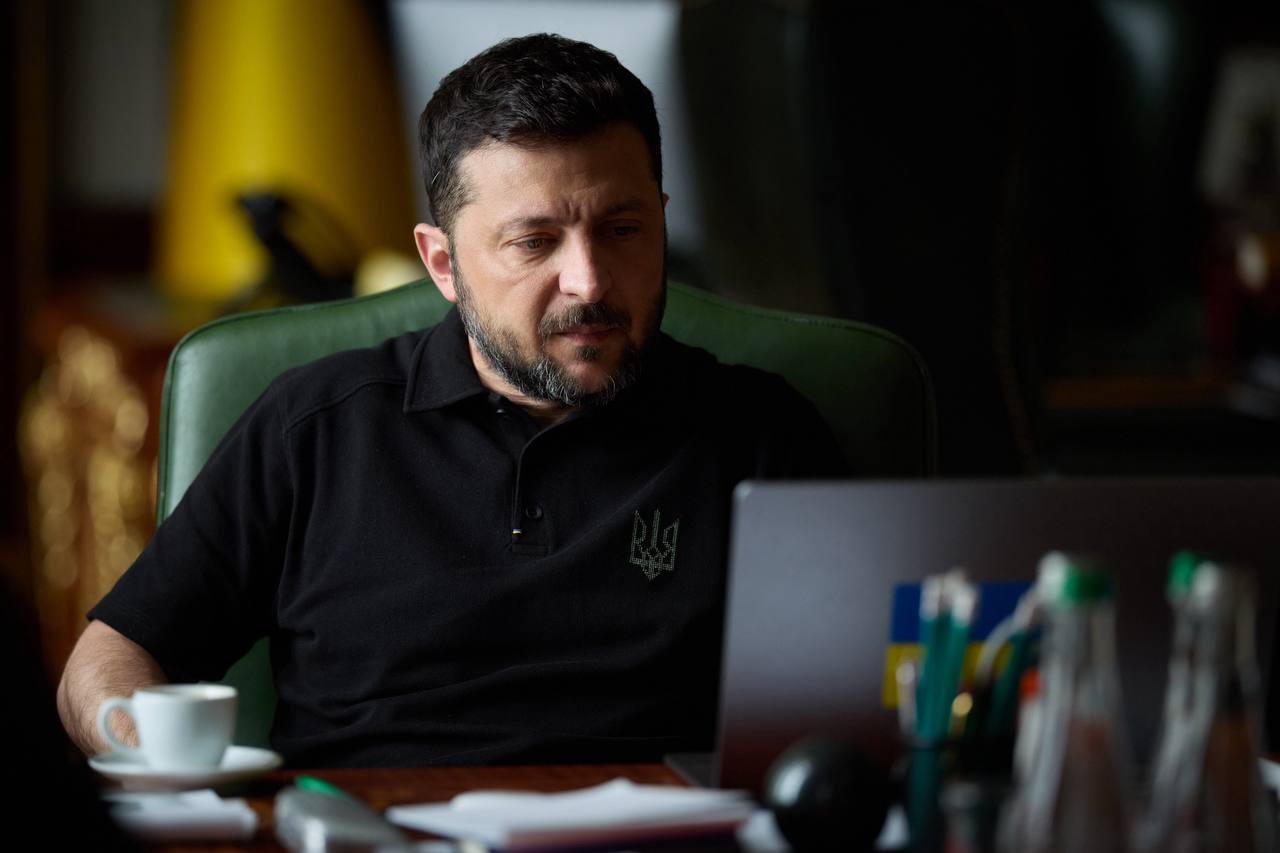Russian Fuel Shortage Reaches 20% After Ukrainian Long-Range Strikes, Zelenskyy Says

President Volodymyr Zelenskyy said that a series of long-range Ukrainian strikes have caused a major fuel shortage in Russia, reducing supplies by up to 20%.
The Gaze reports this, referring to Ukrinform.
Speaking to reporters in Kyiv, Zelenskyy said Ukrainian intelligence has confirmed “a significant deficit” in Russia’s gasoline market following recent attacks on oil refineries and storage sites.
“According to our data, the enemy’s fuel shortage is up to 20% of demand. Estimates vary between 13 and 20 percent, but the deficit is already substantial,” the president claimed. “We believe they have lost up to 20% of their gasoline supply after our strikes.”
He added that Russia’s efforts to compensate for the losses, including importing fuel from Belarus and China, further demonstrate the scale of the disruption.
“The fact that they are now importing gasoline is a signal. Imports from Belarus have increased sixfold, and import duties were removed. They also maintain a ban on gasoline exports and restrictions on diesel. All of this indicates real shortages,” Zelenskyy noted.
Separately, the Ukrainian president stated that Ukraine has successfully deployed its domestically developed Neptune and Flamingo long-range missiles in coordinated operations, underscoring Kyiv’s growing ability to strike deep into Russian territory with home-produced weapons.
The two missile systems had recently been used together with “notable results,” though he did not specify how many were launched or where.
“We’re not talking about mass use, but there are already tangible results from this pairing,” he said. “This is our weapon, and it’s working.”
The president also pointed to progress with other Ukrainian-made systems in retaliatory strikes on Russian military infrastructure. He said the Palyanytsia drone had hit dozens of Russian ammunition depots, while the Ruta missile-drone recently struck an offshore platform more than 250 kilometers away – its longest-range confirmed strike so far.
Zelenskyy described the large-scale deployment of the Lyutyi (Fire Point) drone, with up to 300 units used in one operation, as a “major success,” adding that such systems have placed strategic targets like Ust-Luga and Primorsk within Ukraine’s reach.
As The Gaze previously informed, Commander-in-Chief of the Armed Forces of Ukraine (AFU) Oleksandr Syrskyi reported that in September, Ukrainian unmanned aerial systems (UAS) struck 66,5 thousand enemy targets, underscoring their important role in the war against Russia.